Your home might look spotless, but hidden germs can quietly thrive in places you rarely think about. Everyday habits like using your phone while cooking, tossing your keys on the counter, or forgetting to clean remote controls can unknowingly spread bacteria. Even the most diligent cleaning routines often miss these sneaky spots where microbes love to linger. While most germs are harmless, some can cause illness when left unchecked. The good news is that identifying and maintaining these areas is simple once you know where to look. Here are eight often-overlooked spots in your home that deserve more cleaning attention.
1. Kitchen Sponge and Dishcloths
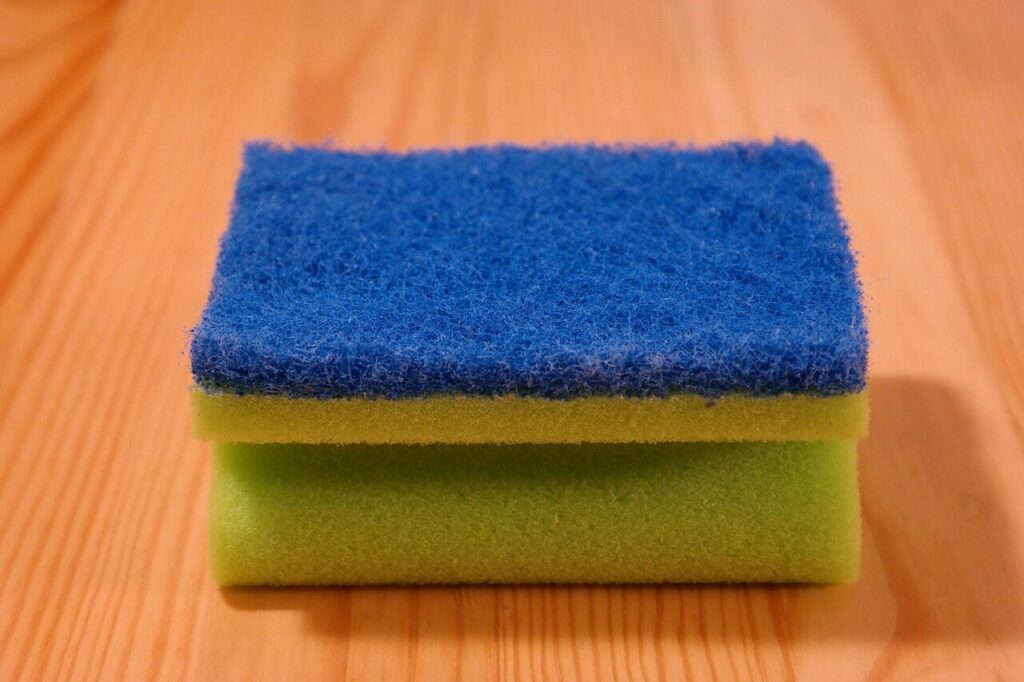
These everyday cleaning tools might be doing more harm than good if not properly sanitized. Sponges and dishcloths trap moisture and food particles, creating the perfect breeding ground for bacteria like E. coli and Salmonella. Every time you wipe down a surface, you could be spreading those germs around the kitchen. To minimize this, make it a habit to replace sponges weekly or sanitize them daily in the microwave for a minute. Dishcloths should be washed frequently in hot water and thoroughly dried. Keeping these tools clean helps ensure your kitchen stays hygienic and safe.
2. Remote Controls

Remote controls are among the most frequently touched yet least cleaned objects in any household. Everyone in the home handles them, often while eating, coughing, or relaxing after a long day. Germs from unwashed hands can linger on the buttons, making remotes a hotspot for bacteria and viruses. The best way to keep them clean is by regularly wiping them down with disinfecting wipes or alcohol-based cleaners. Pay special attention to the crevices between buttons where dirt accumulates. A few seconds of cleaning can go a long way in maintaining a healthier living space.
3. Light Switches and Door Handles
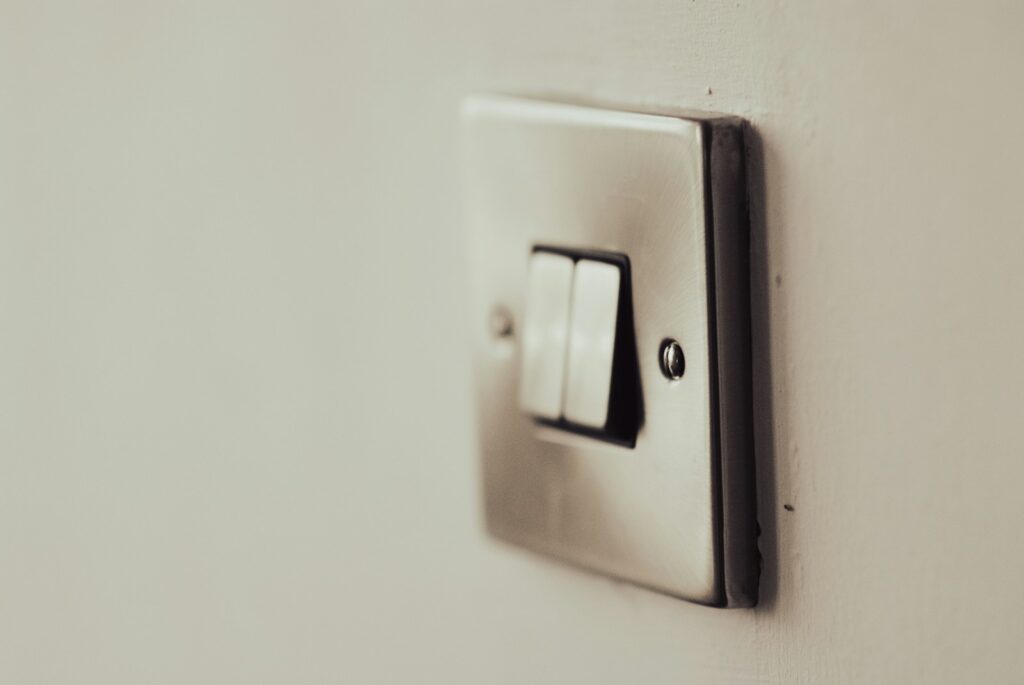
Light switches and door handles are high-contact surfaces that can easily transfer germs between family members. Since they are touched multiple times a day, often before washing hands, they accumulate bacteria and viruses quickly. Despite their frequent use, they are rarely included in regular cleaning routines. Using a soft cloth dampened with a mild disinfectant once or twice a week can make a big difference. Focus on handles in the kitchen and bathroom, where contamination risk is higher. Keeping these small but important fixtures clean helps reduce the spread of unwanted germs.
4. Toothbrush Holders
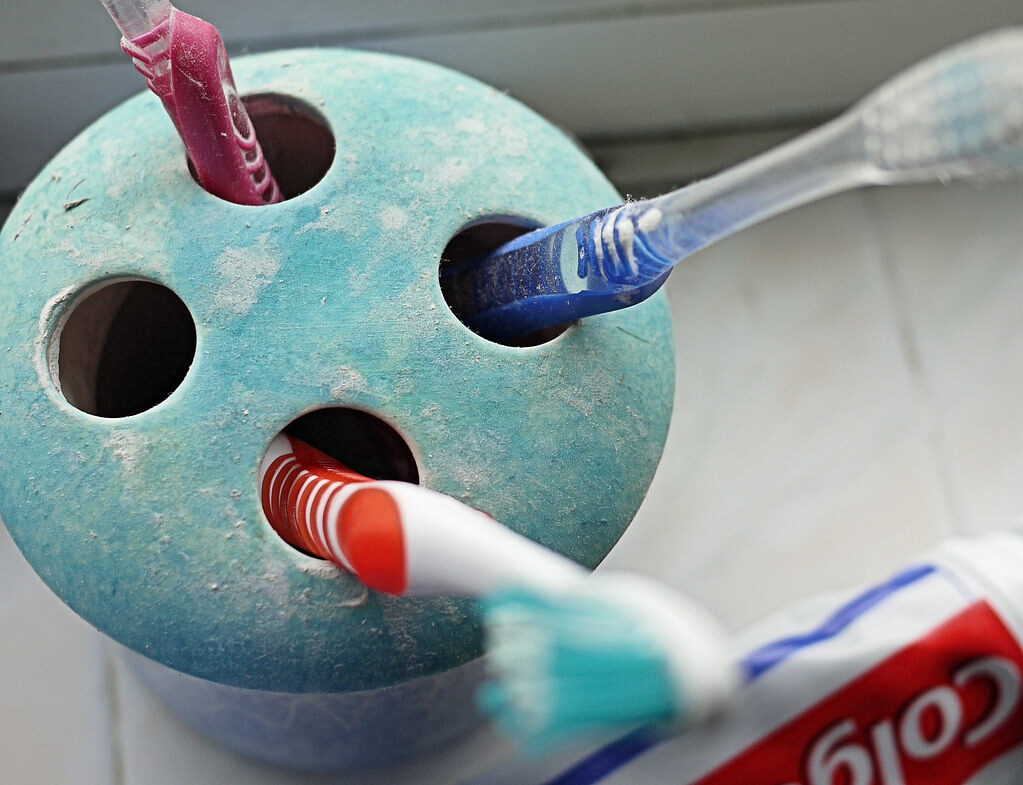
Toothbrush holders often sit near the sink, where they are exposed to moisture and airborne particles from flushing toilets. This damp environment provides the perfect conditions for mold, mildew, and bacteria to grow. It’s easy to overlook them during daily cleaning, yet they can harbor more germs than your toilet seat. Rinse and dry your toothbrush holder regularly, and consider cleaning it with hot, soapy water at least once a week. Keeping it dry between uses can also help minimize bacterial growth and maintain a cleaner bathroom environment.
5. Cutting Boards
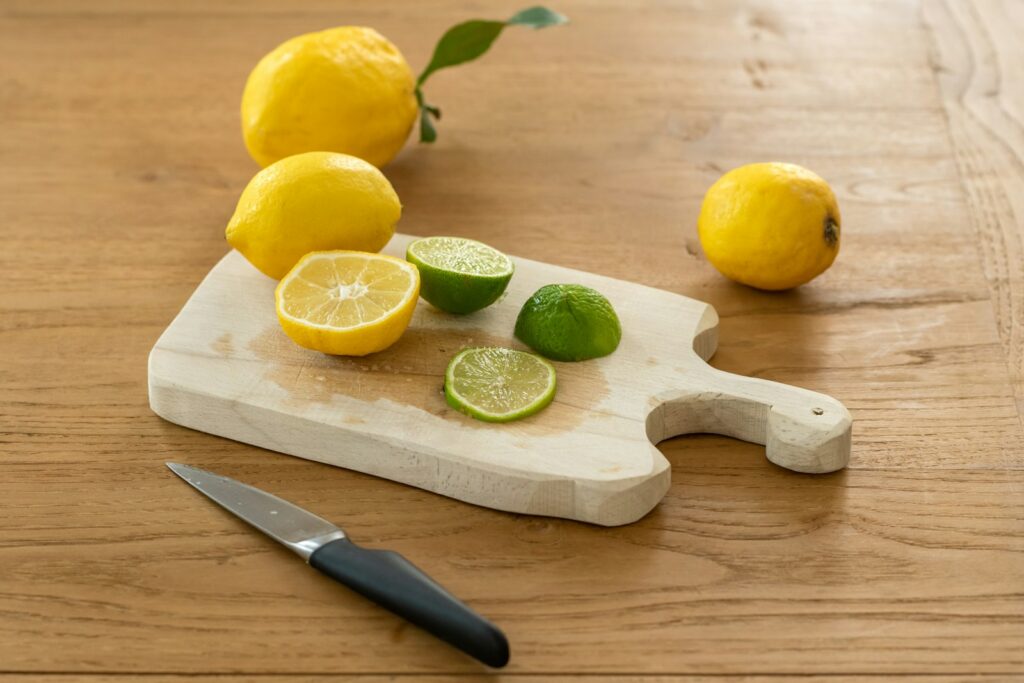
Cutting boards can quickly become contaminated if used for both raw meats and vegetables without proper cleaning. Even small knife grooves can trap bacteria, making them hard to remove with just a quick rinse. To keep your board sanitary, wash it with hot, soapy water after each use and disinfect it with vinegar or a diluted bleach solution. It’s best to use separate boards for meats and produce to avoid cross-contamination. Wooden boards should be thoroughly dried before storage to prevent moisture buildup, while plastic boards can be replaced once they show deep cuts or wear.
6. Laundry Hampers
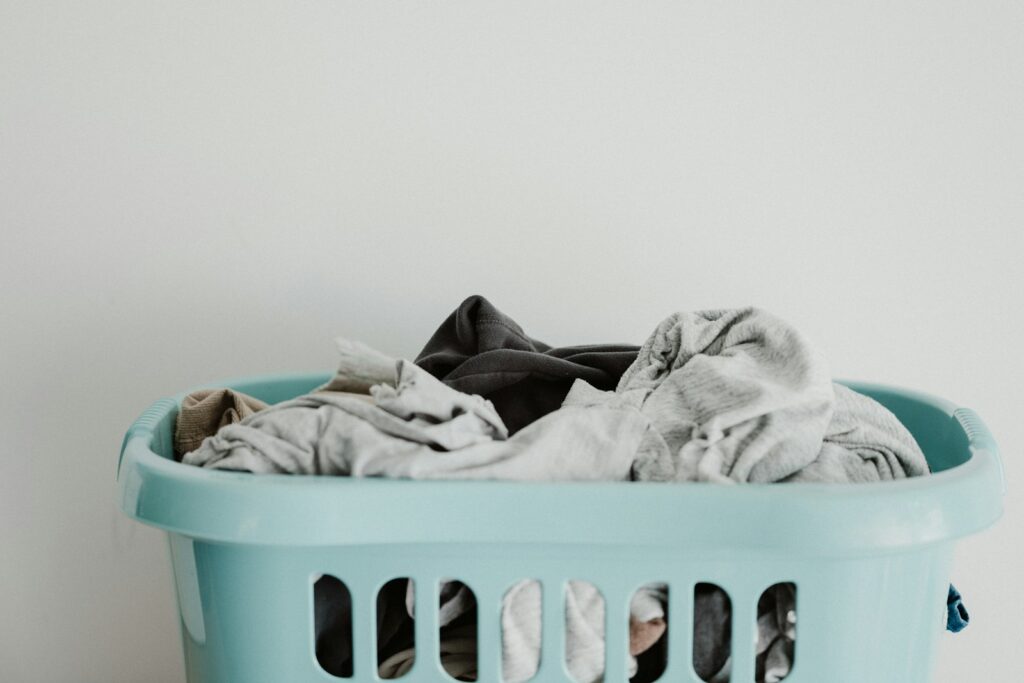
Dirty clothes carry more than just unpleasant odors; they can also harbor bacteria, fungi, and even viruses. Laundry hampers, especially those lined with fabric, can trap sweat and moisture, allowing germs to multiply over time. To keep them fresh and hygienic, regularly wipe down plastic hampers with disinfectant or washcloth liners in hot water. It also helps to keep your hamper in a well-ventilated space and avoid piling damp clothes inside. Simple habits like these ensure your laundry area stays clean and reduces the risk of bacteria spreading through your clothes.
7. Cell Phones and Tablets

Our phones and tablets go everywhere with us, into kitchens, bathrooms, and gyms, collecting germs along the way. Because they are constantly handled and rarely cleaned, they often carry more bacteria than a toilet seat. To keep your devices sanitary, make it a routine to wipe them daily with a microfiber cloth and alcohol-based cleaning solution. Avoid using too much liquid, which can damage electronic components. Keeping hands clean before using devices can also help minimize contamination. Regular cleaning helps maintain both hygiene and the lifespan of your favorite gadgets.
8. Pet Toys and Food Bowls
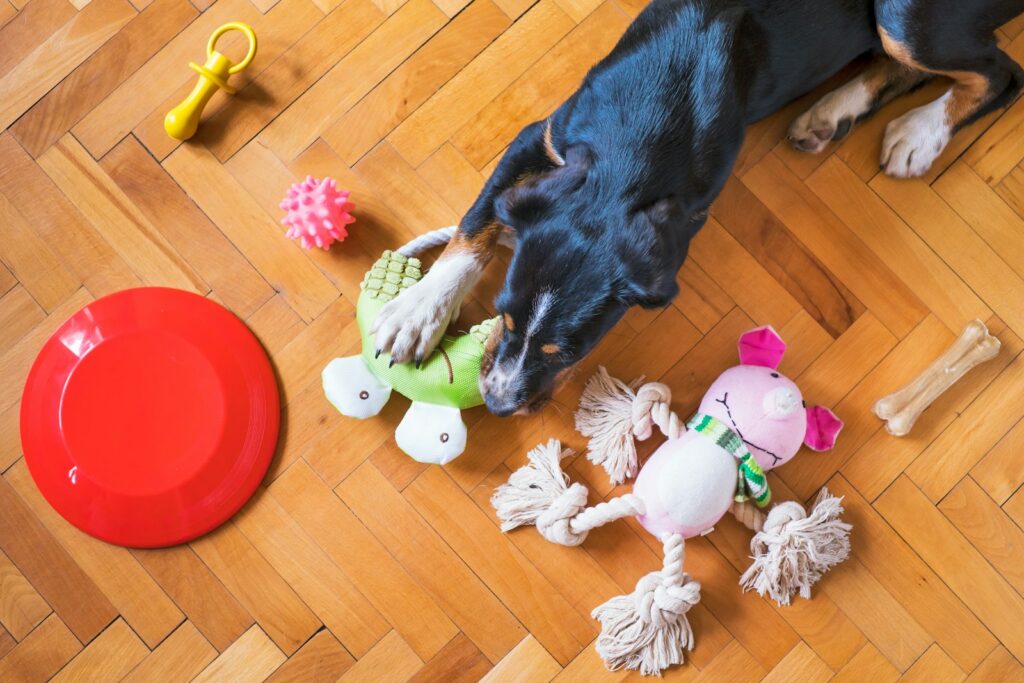
Pets bring joy to our homes, but their toys and food bowls can easily become germ havens if neglected. Saliva, leftover food, and dirt create a breeding ground for bacteria, including harmful ones like Salmonella. To maintain your pet’s health and household cleanliness, wash their toys and bowls frequently with hot, soapy water. Rubber and plastic toys can also be disinfected with vinegar or a pet-safe cleaner. For stainless steel bowls, daily washing is best to prevent buildup. Regular cleaning ensures your furry friend stays happy, healthy, and germ-free.
Comments